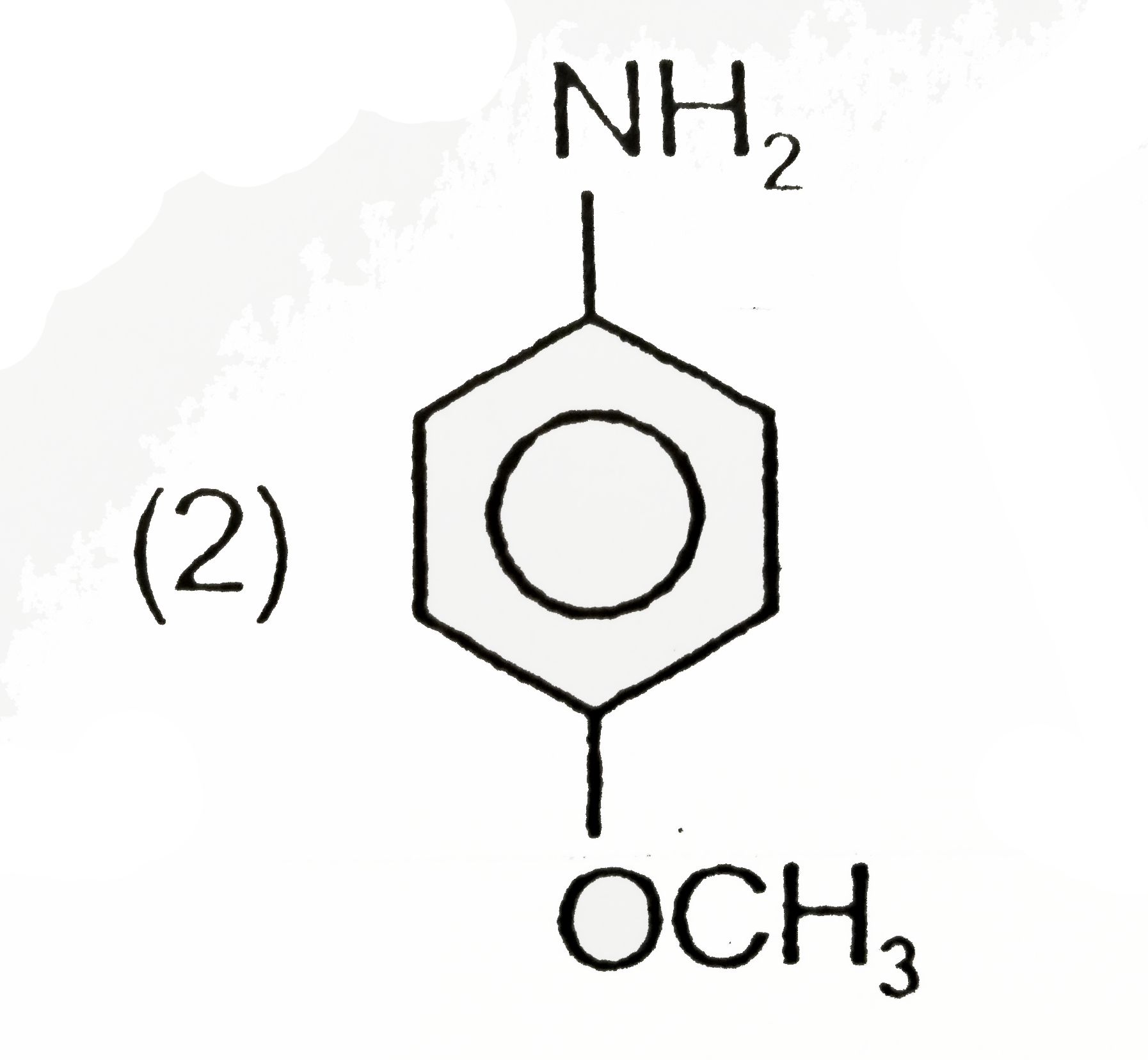Which of the following is the least volatile?
CH3−CH2−CH2−F
CH3−CH2−CH2−Cl
CH2−CH∣Br−CH3
CH3−CH2−CH2−Br
The correct Answer is:D
To determine which of the given compounds is the least volatile, we need to analyze their boiling points and molecular weights. Here’s a step-by-step solution:
Step 1: Understand Volatility
Volatility refers to how readily a substance vaporizes. A substance with low volatility has a high boiling point, meaning it does not easily convert to vapor.
Hint: Remember that higher boiling points indicate lower volatility.
Step 2: Identify the Compounds
Assuming we have four compounds to analyze, we need to look at their molecular weights and structures. The compounds typically considered in such questions might include haloalkanes or haloarenes like:
- Compound A (e.g., CH3Cl)
- Compound B (e.g., C2H5Cl)
- Compound C (e.g., C3H7Br)
- Compound D (e.g., C4H9Br)
Hint: Write down the molecular formulas and structures of the compounds for clarity.
Step 3: Compare Molecular Weights
The boiling point is generally higher for compounds with greater molecular weights. Therefore, we should compare the molecular weights of the compounds.
- Compound A: CH3Cl (Molecular weight = 50.5 g/mol)
- Compound B: C2H5Cl (Molecular weight = 64.5 g/mol)
- Compound C: C3H7Br (Molecular weight = 103 g/mol)
- Compound D: C4H9Br (Molecular weight = 137 g/mol)
Hint: Higher molecular weight often correlates with higher boiling point.
Step 4: Consider Branching
Branching in a compound can reduce its boiling point because it decreases the surface area available for intermolecular forces. Compounds with straight-chain structures typically have higher boiling points than their branched counterparts.
Hint: Identify if any of the compounds are branched or straight-chain.
Step 5: Analyze Boiling Points
Based on the molecular weights and the presence of branching:
- Compound D (C4H9Br) has the highest molecular weight and is likely to have a higher boiling point due to less branching.
- Compound C (C3H7Br) has a lower molecular weight than D but is still heavier than A and B.
- Compounds A and B are lighter and may have lower boiling points.
Hint: The compound with the highest molecular weight and less branching will be the least volatile.
Step 6: Conclusion
From the analysis, Compound D (C4H9Br) is expected to have the highest boiling point and therefore is the least volatile among the given compounds.
Final Answer: The least volatile compound is Compound D (C4H9Br).
Volatility refers to how readily a substance vaporizes. A substance with low volatility has a high boiling point, meaning it does not easily convert to vapor.
Assuming we have four compounds to analyze, we need to look at their molecular weights and structures. The compounds typically considered in such questions might include haloalkanes or haloarenes like:
- Compound A (e.g., CH3Cl)
- Compound B (e.g., C2H5Cl)
- Compound C (e.g., C3H7Br)
- Compound D (e.g., C4H9Br)
The boiling point is generally higher for compounds with greater molecular weights. Therefore, we should compare the molecular weights of the compounds.
- Compound B: C2H5Cl (Molecular weight = 64.5 g/mol)
- Compound C: C3H7Br (Molecular weight = 103 g/mol)
- Compound D: C4H9Br (Molecular weight = 137 g/mol)
Branching in a compound can reduce its boiling point because it decreases the surface area available for intermolecular forces. Compounds with straight-chain structures typically have higher boiling points than their branched counterparts.
Based on the molecular weights and the presence of branching:
- Compound D (C4H9Br) has the highest molecular weight and is likely to have a higher boiling point due to less branching.
- Compound C (C3H7Br) has a lower molecular weight than D but is still heavier than A and B.
- Compounds A and B are lighter and may have lower boiling points.
From the analysis, Compound D (C4H9Br) is expected to have the highest boiling point and therefore is the least volatile among the given compounds.
Topper's Solved these Questions
- HALOALKANES AND HALOARENES BOOK - AAKASH INSTITUTECHAPTER - HALOALKANES AND HALOARENES EXERCISE - ASSIGNMENT SECTION - C
38 Videos
- HALOALKANES AND HALOARENES BOOK - AAKASH INSTITUTECHAPTER - HALOALKANES AND HALOARENES EXERCISE - ASSIGNMENT SECTION -D
15 Videos
- HALOALKANES AND HALOARENES BOOK - AAKASH INSTITUTECHAPTER - HALOALKANES AND HALOARENES EXERCISE - ASSIGNMENT SECTON - A
45 Videos
- GENERAL PRINCIPLES AND PROCESSES OF ISOLATION OF ELEMENTSBOOK - AAKASH INSTITUTECHAPTER - GENERAL PRINCIPLES AND PROCESSES OF ISOLATION OF ELEMENTSEXERCISE - Try Yourself
33 Videos
- HYDROCARBONSBOOK - AAKASH INSTITUTECHAPTER - HYDROCARBONSEXERCISE - Assignment(Section - D) (Assertion -Reason Type Question)
24 Videos
Similar Questions
Knowledge Check
Which of the following is the most volatile liquid?
ADiethyl ethylBMethyl alcoholCBenzeneDWaterWhich of the following is least volatile?
AH2OBH2SCH2SeDH2TeWhich of the following is the least basic?
A B
B C
C DAll are equally basic
DAll are equally basic
